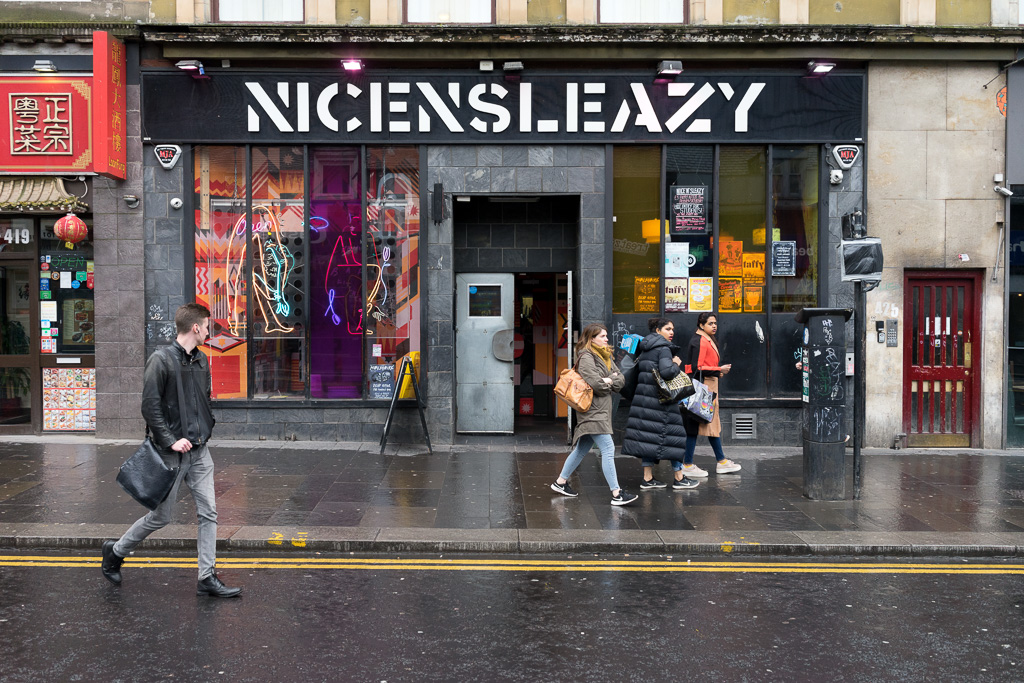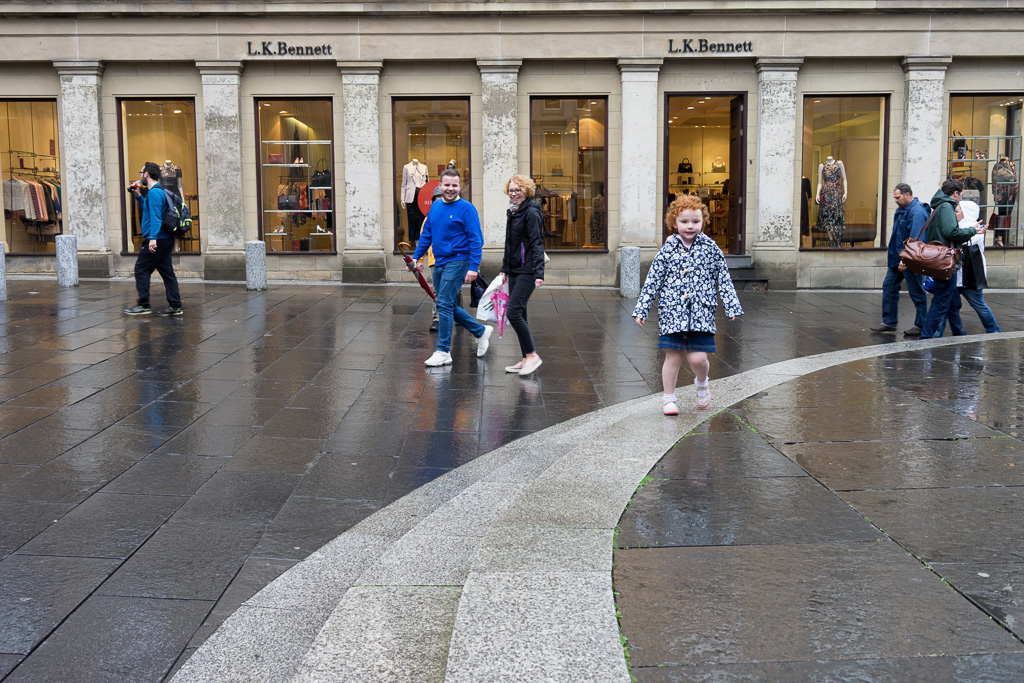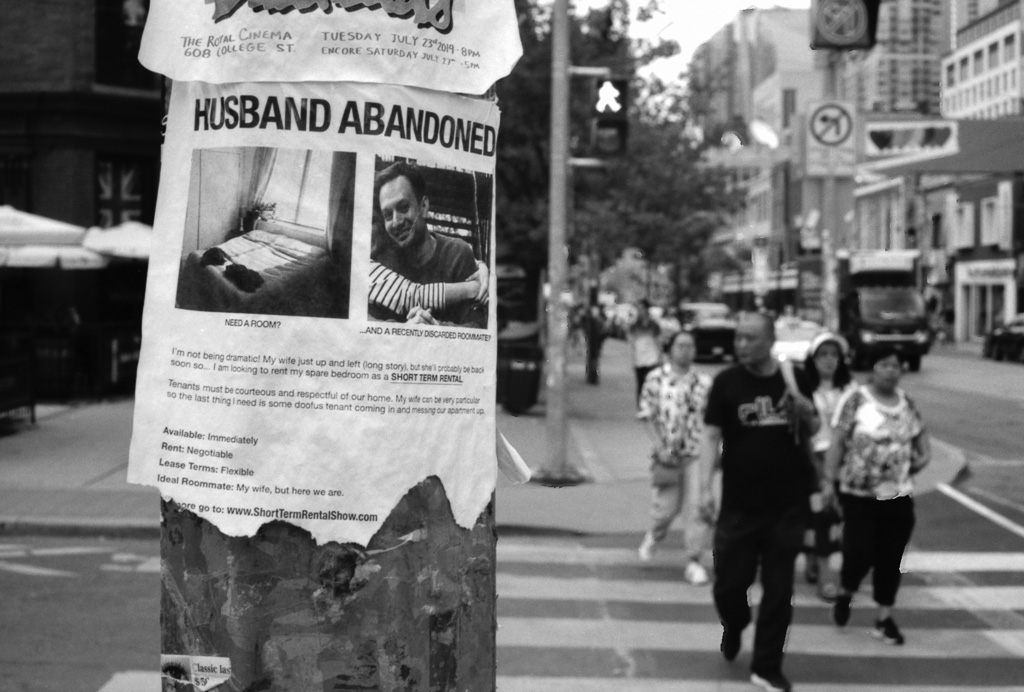The title for today’s post comes, of course, from Kermit the Frog, who faced discrimination for the colour of his skin. Amphibians have faced such discrimination since the first tiny tadpole sprouted legs and crawled from the primordial slime onto dry land.
Martians face similar discrimination as, historically, they’ve been known as “little green men.” Oddly, feminists have tended to ignore the sexism embedded in the “little green men” stereotype. When you think about it, though, there’s no reason little green women couldn’t be the ones who invade planet Earth. Maybe they need space for themselves because they’re sick of living with all those little green sexist bastards.
Vulcans have green blood. Ask a phlebotomist. It’s one of the first things they learn in Phlebotomy 101.
Ever since Othello killed poor Desdemona, we’ve called jealousy the “green-eyed monster.”
And people can be “green with envy” as Anne Shirley discovers when she dyes her hair.
Green is the colour of money, at least in America.
The colour green falls in the range of wavelengths from 495 to 570 nm on the visible spectrum of light. There is some debate about where blue ends and green begins but given the passion some people feel for such distinctions, I prefer to avoid this controversy altogether.
Personally, I am partial to green. In fact, we named my daughter “Green” but in Japanese because it sounds much more delightful as a Japanese word–Midori.
















